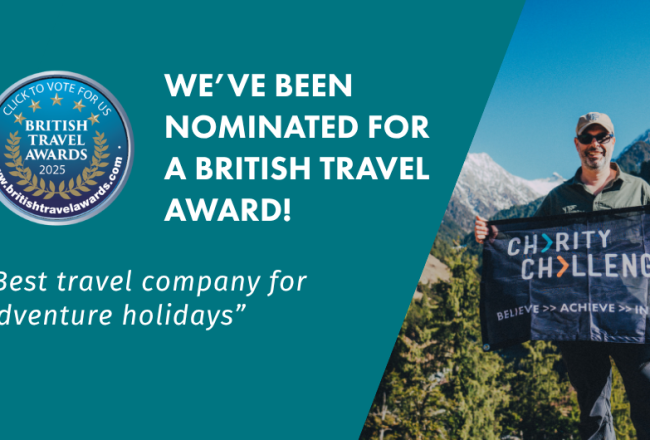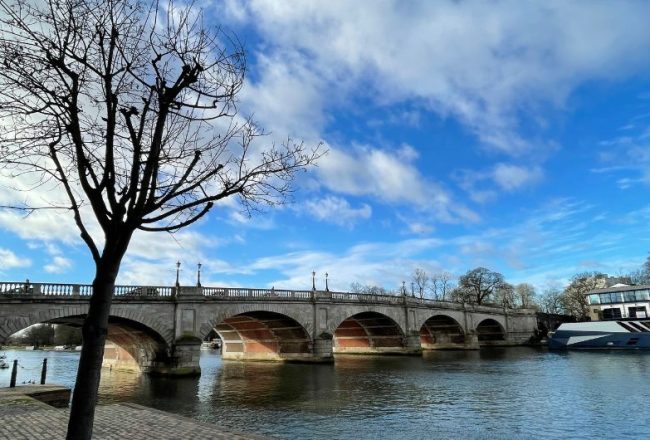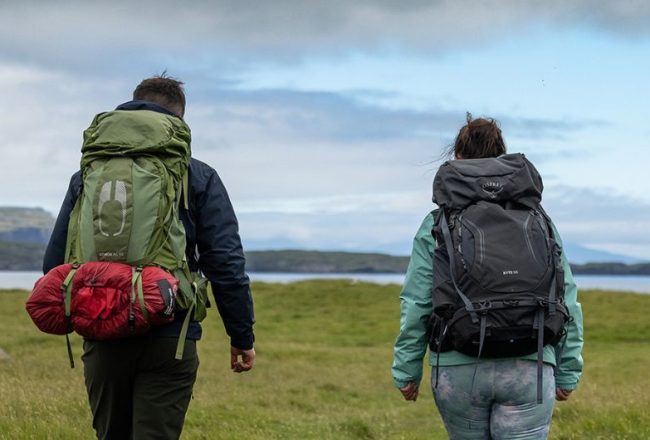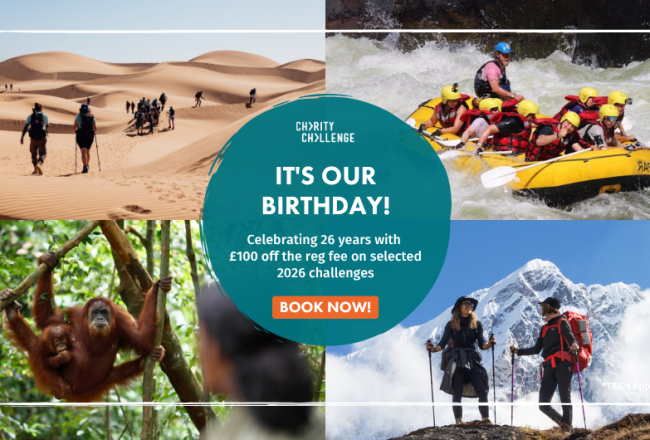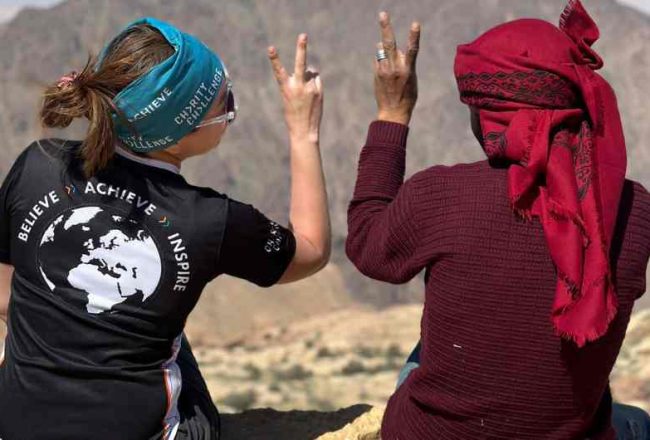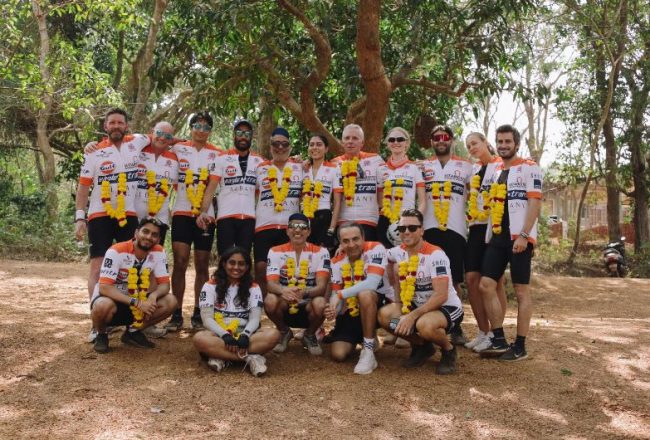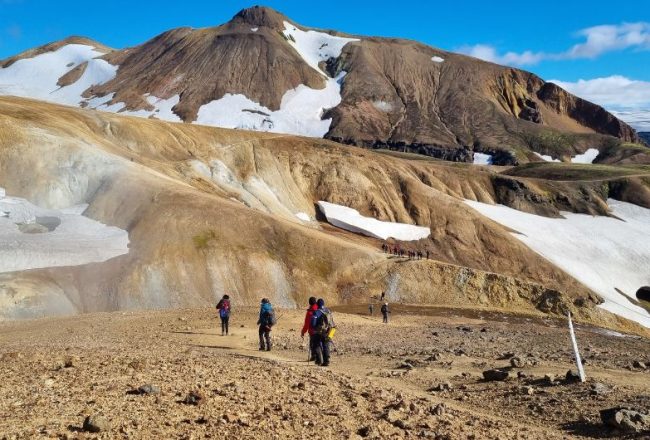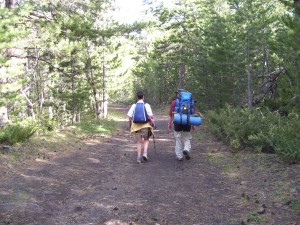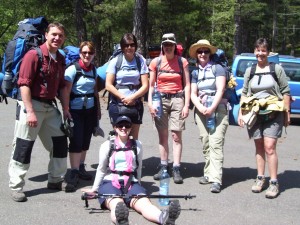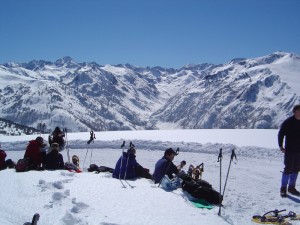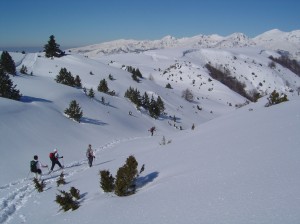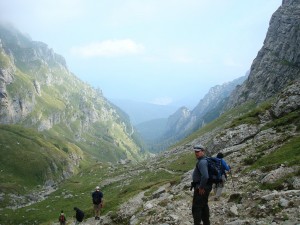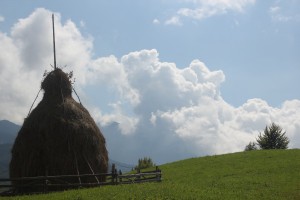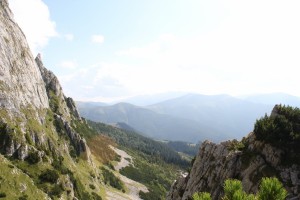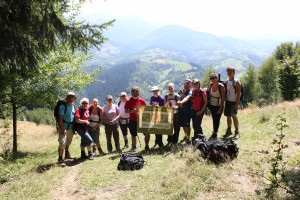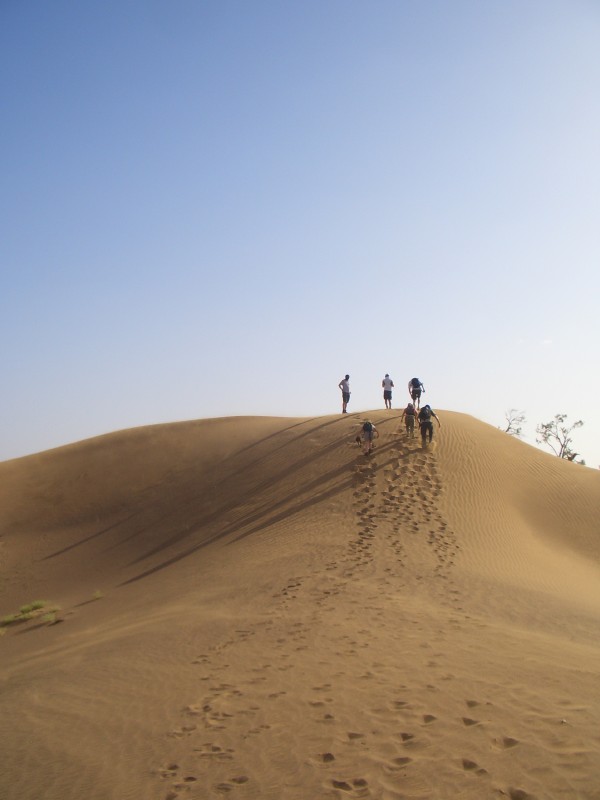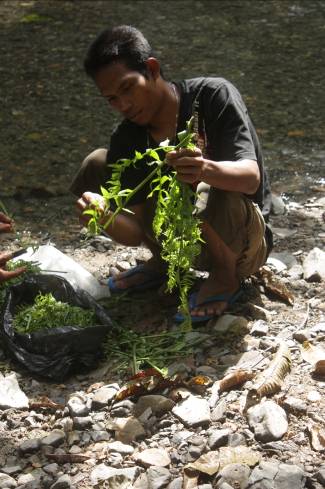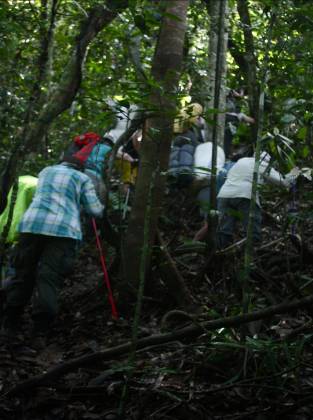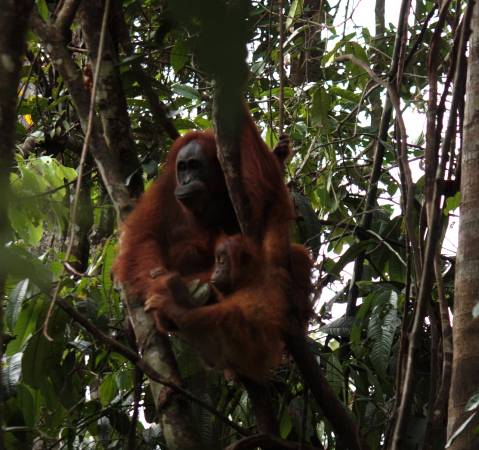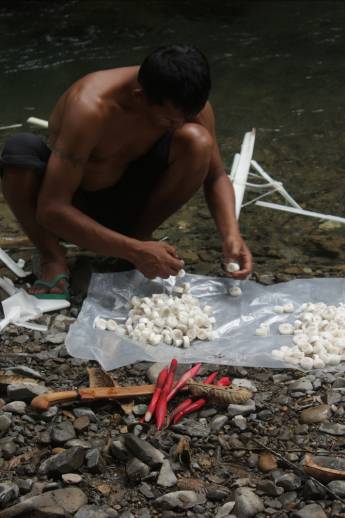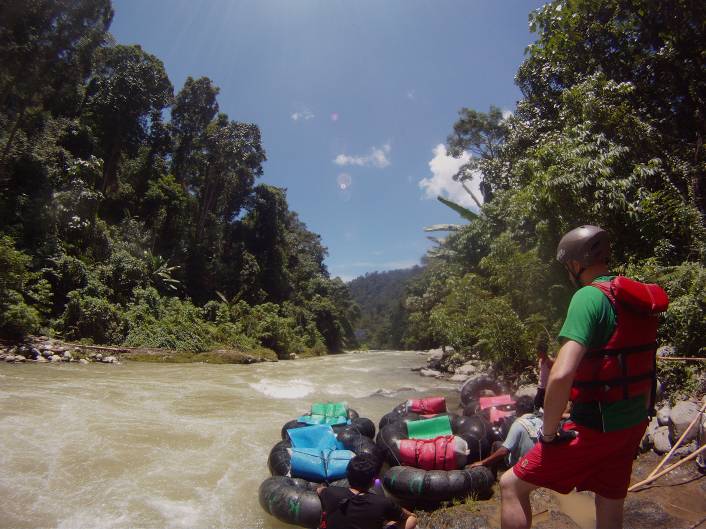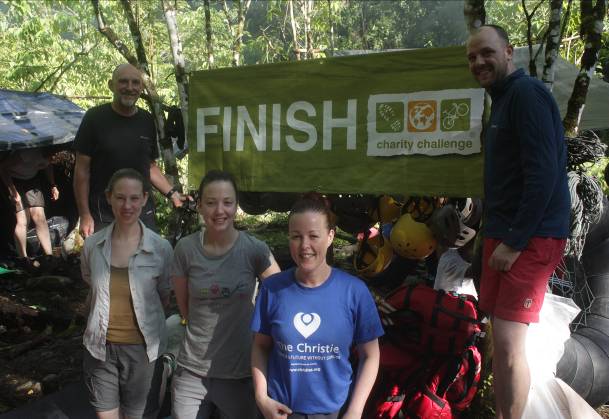It’s audit time again, and our financial team are having end of financial year blues! I’m sure many of you out there can appreciate this feeling… it’s something that comes around once a year. Rather than experiencing the infamous post-Christmas depression, it’s that time of year when spreadsheets and number crunching starts to take over our lives, and the office turns into a frenzy of paperwork and reports…
That’s the bad news. The good news is that each year, around this time, w e at Charity Challenge make our annual carbon offset payment to climate and development experts, ClimateCare, the excellent organization with which we work to offset the emissions produced from each flight, for every participant and staff member who has travelled with us the last year.
e at Charity Challenge make our annual carbon offset payment to climate and development experts, ClimateCare, the excellent organization with which we work to offset the emissions produced from each flight, for every participant and staff member who has travelled with us the last year.
To put it briefly, over the last year we sent over 1500 participants on challenges around the world. For each person, we use ClimateCare’s calculator to calculate how many tons of carbon dioxide are emitted into the atmosphere on each overseas flight. We then make a payment at the end of each year, which goes towards ClimateCare’s projects which not only reduce carbon emissions, but also deliver wider social, health and environmental benefits, making a real, difference to people in some of the poorest areas of the world.
This year we are making a huge payment of just over £23 000! And in fact, the reductions made from 2008 to now have been enough to ground the equivalent of about 20 full flights (assumed 348 passengers) from London Heathrow to New York JFK.
We are amazingly proud and pleased to be affiliated with ClimateCare. As a company, ClimateCare develops emission reduction projects throughout some of the world’s less-developed countries[SB1] , with a particular emphasis on sustainable development. The offsets we purchase help to fund a portfolio of projects in many cases situated in countries where we have challenges, such as Brazil and Indonesia. An example is the Wayang Windu Geothermal plant in Indonesia. Carbon finance is funding the second phase of this power plant, which uses heat from under the earth’s surface, displacing fossil-fuelled grid electricity.
Responsibility in tourism is becoming more and more pressing, as scientists, environmentalists and experts within the travel industry continue to discover how detrimental a poorly operated travel expedition can be to the environment, societies and communities visited. Think about all the waste created by fast food; vast amounts of packaging; electricity and air conditioning left on in rooms; excessive use of water to rehydrate and cool down, and, obviously, the emissions given off in international flights. Added up this sounds difficult to combat. Why not just give up travelling abroad altogether? The fact is that tourism plays a huge role in creating jobs and bringing in money to local economies. Being responsible is a duty of all tour operators, in order to help to create better places to visit, as well as a positive experience for the local people by engaging them in our activities as much as possible.
At Charity Challenge this responsibility begins in transit, by helping to fund projects which fund clean renewable energy sources and improve energy efficiency in some of the countries we visit. More importantly, it helps us to repair some of the damage that we cause to the atmosphere when arranging international flights for our participants.
To read about the projects you can visit ClimateCare’s website, and to find out more about Charity Challenge’s dedication and commitment to making our operations more ‘responsible’, check out our Responsible Tourism pages and download our RT policy. These are soon to be revamped, so watch this space!

